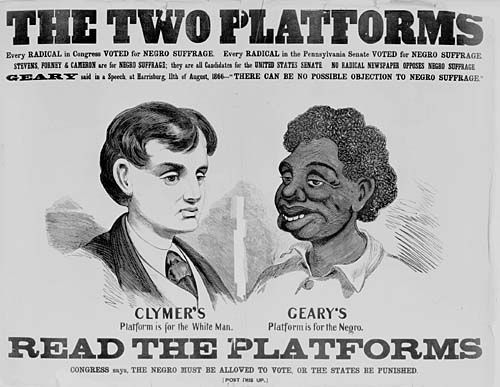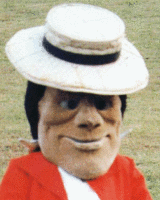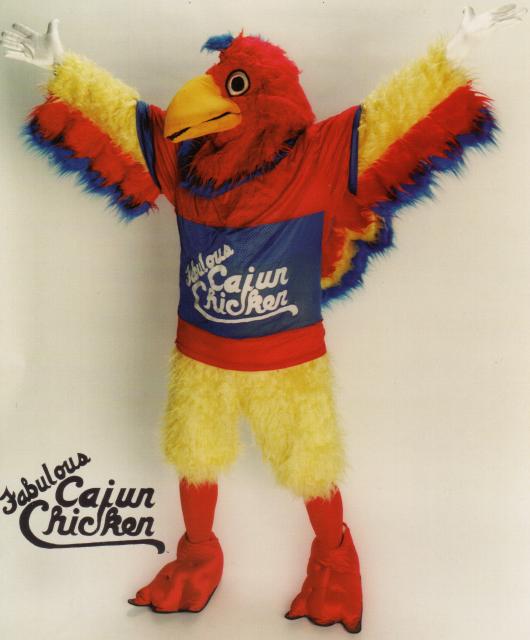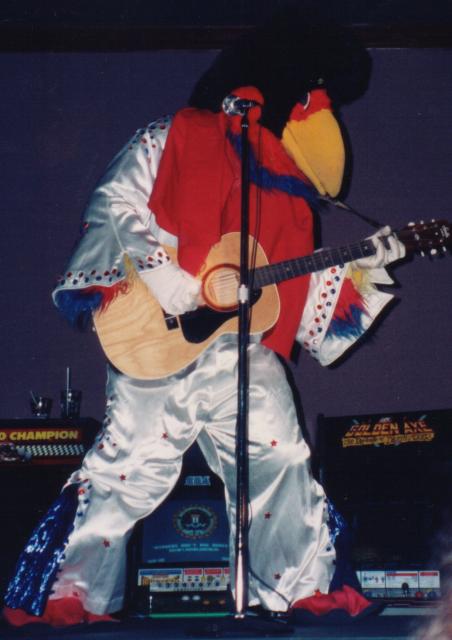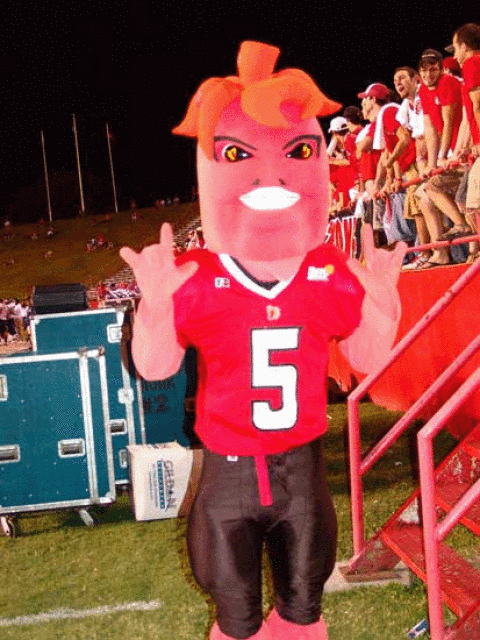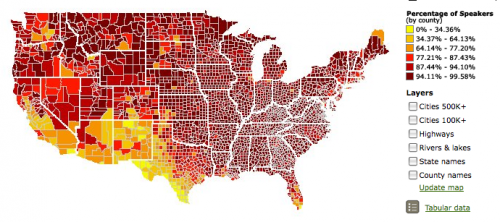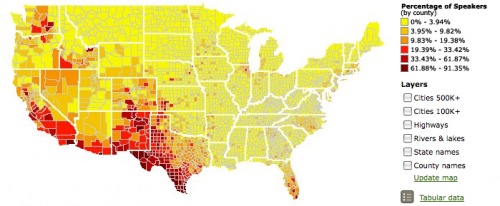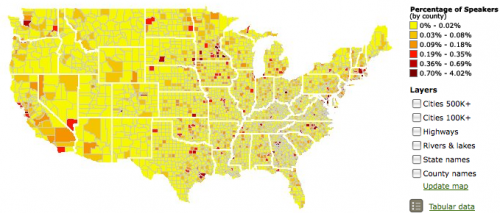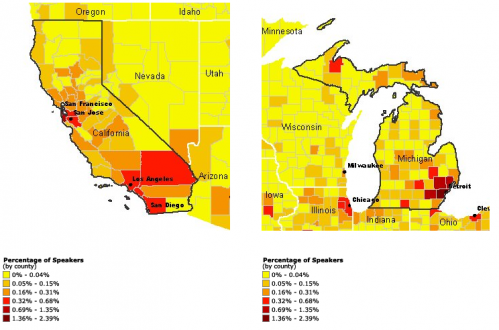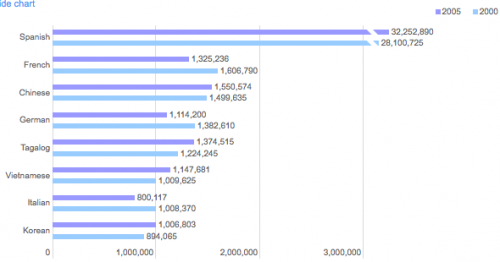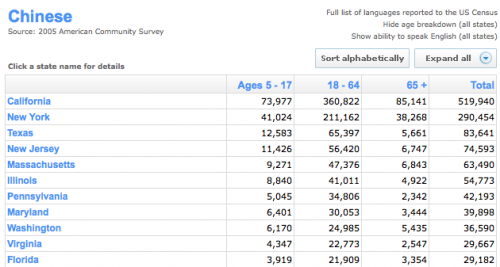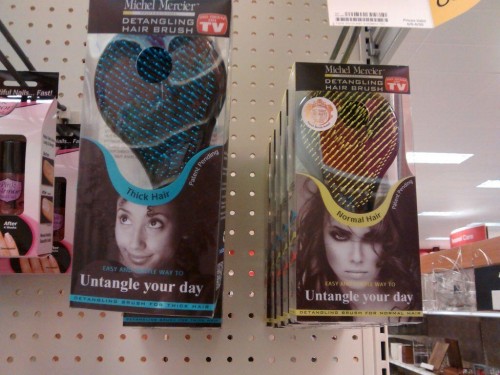Laura A., Brenly R., and Maurine C. all let us know about a shirt for sale at Urban Outfitters. The shirt came in two color combos: White/Charcoal and Obama/Black. Here’s an image of the Obama/Black option, via Jezebel:

There are a couple of things going on here. First, there’s the reference to Obama as a marketing ploy, which we’ve seen before, of course. But it also shows how ridiculous our racial color coding is; we continue to use colonial-era categorizations that there is a clear dividing line between groups based on color. Black and white are usually depicted as opposite colors, after all (and, of course, there’s the historic association of white with purity and black with evil). Most people don’t literally think of Black people as black or believe White people are white; people are, as far as I can tell, pretty much some shade along the off-white/tan/brown spectrum. But we continue to socially construct racial categories as though there is some meaningful, stark difference based on skin color.
So given that, if Obama’s half Black and half White, he’s gray, right? I mean, I’ve seen him on TV a lot and I’ve never noticed that, but maybe it’s the makeup.
I’m sure you will be sad to know that the Urban Outfitters website says the shirt is no longer available.
UPDATE: Reader applebrownbettywhite says,
Just wanted to let you know – I think both Jezebel and you guys interpreted UO’s color naming scheme incorrectly. “Obama” as a color refers to brown, which is the color of the buttons. You can check this assertion against the other shirt, white/charcoal, which is a lighter colored shirt with white buttons.
I’m not sure…the buttons look black to me. It doesn’t look like it has brown on it, but maybe it’s a bad photo.




